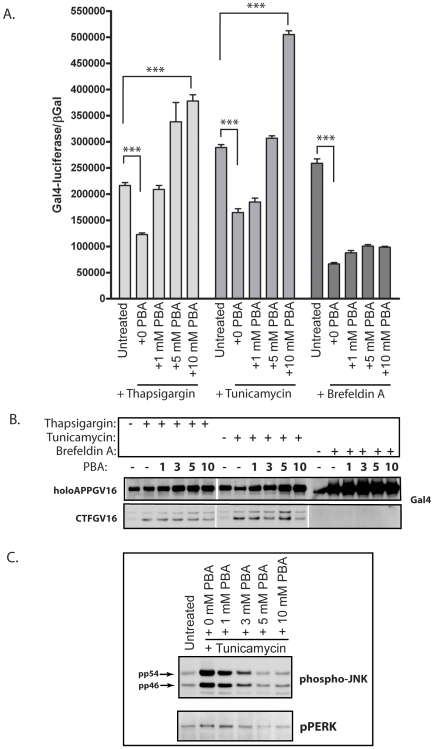Figure 5. Small molecular chaperone 4-phenylbutyric acid (PBA) rescues APP proteolysis from thapsigargin and tunicamycin treatment.
NAG cells either remained untreated, or were treated with thapsigargin (0.25 µg/ml), tunicamycin (5 µg/ml), or brefeldin A (5 µg/ml) alone, or in conjunction with titrated values of PBA, for 24 hours. Gal4-luciferase measures were normalized to constitutive NLS-βGal expression. Treatment with each stress inducing compound resulted in significant decreases in APPGV16 proteolysis (p<0.0002, unpaired t-test) (A). Co-treatment with PBA rescued the decrease in APPGV16 proteolysis, promoting cleavage beyond that observed in untreated cells in the presence of thapsigargin or tunicamycin (p<0.0001, t-test). PBA had no significant effect upon APPGV16 proteolysis in the NAG cells treated with brefeldin A. The effects of the stress inducing compounds and PBA upon APPGV16 and CTFGV16 protein levels were examined in parallel experiments (B). Thapsigargin and tunicamycin treatment resulted in elevated CTFGV16 levels. Co-treatment with PBA resulted in minor decreases in CTFGV16 levels by the titration endpoint. No CTFGV16 proteolytic fragments were observed in the brefeldin A treated NAG cells. PBA inhibited UPR signaling (phospho-JNK and phospho-PERK) induced by 5 µg/ml tunicamycin (C).

